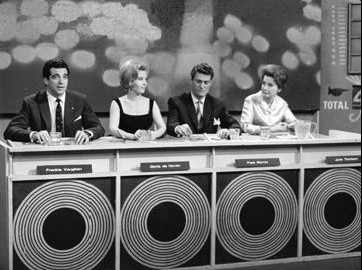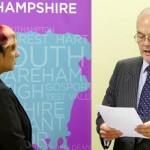Jonathan Dodd‘s latest column. Guest opinion articles do not necessarily reflect the views of the publication. Ed
I was recently asked by OnTheWight to be on the judging panel of the Isle of Wight Film Festival. I didn’t question my suitability for it, of course, I just grabbed and hung on for dear life in case someone realised their mistake. I had no idea how much joy and excitement an unexpected invitation could generate.
My fellow judges and I had a simple task – to watch seven feature films in four days and pick a winner. You’d have thought this would be an easy task, until you read the description and realised that these films were all as completely different from each other as it’s possible to be.
I talked so much that I lost my voice
I felt for a while like I was being asked to pick a picture of a human being that would represent the entire human race, and I realised what an impossibility that would be. We talked about this a lot, at the same time as talking about the films a lot. In fact, I talked so much that I lost my voice. People who know me would not be amazed about that though.
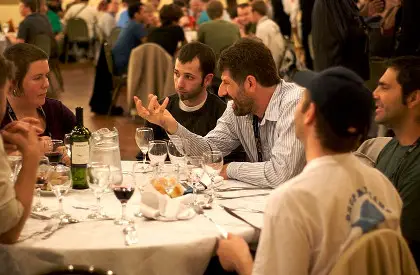
We all enjoyed the challenge, found it was like being a student again, being able to go and watch a film, then retire somewhere comfortable and talk it to death.
Intense and really hard work
What was most interesting was that three people who hadn’t met before became a team so easily. We all have a deep love of films, which helped, and we understand a bit about various aspects of the process. We all have a writing background too, which helped. But mostly we were able to come up with a lot of ideas and opinions about each film, which we aired and then discussed.
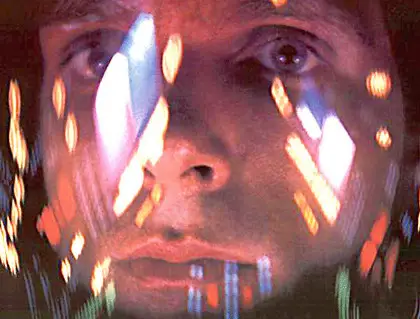
Amazingly we agreed mostly about all of the films, and our final choice for winner was unanimous. I did find that watching a film as a judge was intense and really hard work. Especially when you have to watch three films in an evening.
They all had one thing in common
There were four documentaries and three feature films. Two of the documentaries were filmed specially, one was obviously on a shoestring and one was made up of footage filmed decades ago and edited together. The feature films were a sci-fi comedy, an art-house film and a human drama.
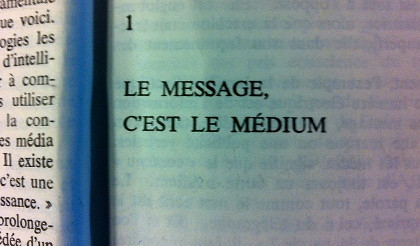
None of them seemed to have any point of contact with any of the others, but it became apparent quite quickly that they all had one thing in common. They were trying to tell a story or spread a message. We could look at all of them in terms of how clear the message was and how well the film-maker put it across.
I forgot that I was watching
The winning film was extremely effective in this way even though it was low-key and the camera was so unobtrusive that I forgot that I was watching for much of it. Annie Perkins, the director, understood that in this case her job wasn’t to be clever but simply to make sure the camera caught everything and presented it to us the audience clearly and without adding anything. It was like a beautiful pencil drawing that captures the essence of the object.
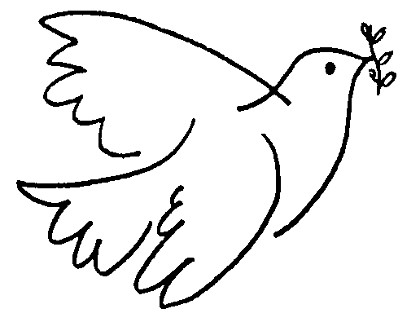
We all agreed that we probably wouldn’t have volunteered to watch any of these films, and that we certainly wouldn’t see any of them at Cineworld. But some of them at least deserve a much larger audience than they’ll get going through the festival circuit.
Not blockbuster material
The subject matter wasn’t blockbuster material either. The winning film was about Jon Hastie, a thirty-year-old man with a fierce intelligence and a Ph.D. who happens to have Duchenne Muscular Dystrophy, a disease that attacks the muscles, causing them to waste away. Only boys get it, and none of them used to last past their teens.

Nowadays, with technological advances and medical advances and 24/7 carers, they can live into their thirties and occasionally their forties. Jon is friends with several other men with Duchenne via Facebook, and he decided to embark on a gruelling road trip with his carer to meet them.
They live so intensely
Jon is confined to a very advanced wheelchair and has trouble talking because Duchenne also attacks the muscles that work the lungs. His speech is laboured and comes in short bursts, so the film has subtitles. He will have to go on a ventilator when breathing on his own becomes too difficult.
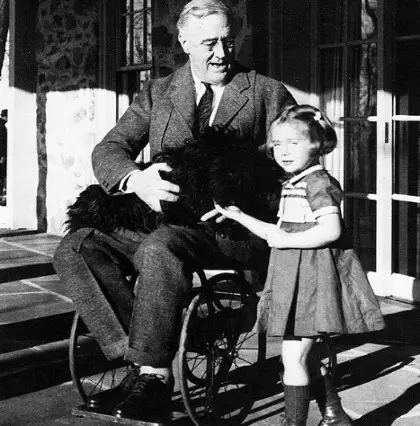
This all sounds quite depressing, I know. But the thing about the film is that these men are living with great difficulty every day and expect to suffer an early and nasty death, but they live so intensely, and achieve so much despite their disabilities. One is a successful author, one sells paintings he creates on his computer screen, another organises rock concerts.
They would love to hug people if only their arms worked
They all have an extraordinary clear-sighted understanding of their condition and it was amazing to sit and watch while they talked about all the usual things in anyone’s lives, except for this great difference that sets them apart.
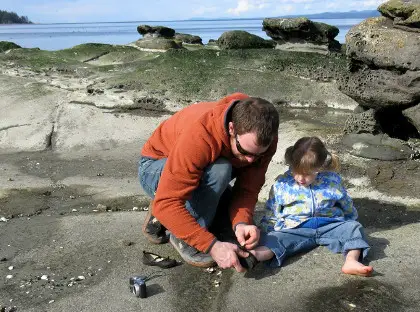
They talked about sex and relationships, and what they miss, and how frightened they are about the future, and how they have to tell their parents they’re all right. And how their dads all wanted to fix it but couldn’t, and how frustrating that was for them. They talked about how they would love to hug people if only their arms worked.
We were inspired and uplifted
All three of us were so astonished at their bravery and determination to do something with their lives that we were inspired and uplifted by the film, which was what Jon Hastie and Annie Perkins wanted. It made us realise just how lucky we are and it made us think about what we’re actually doing with our own lives.
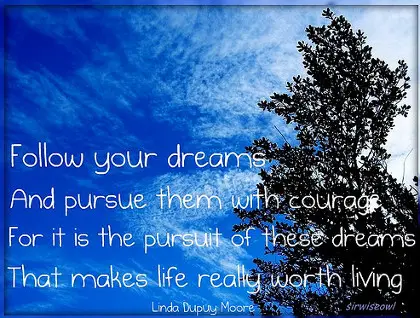
The film is called ‘A Life Worth Living’. If you ever get the chance, go and see it. You’ll cry, and you’ll be inspired. It’s a life-changer (Thank you Gilly for that phrase).
If you have been, thank you for reading this.
Image: Paul Townsend under CC BY 2.0
Image: Beatrice Murch under CC BY 2.0
Image: X-Ray Delta One under CC BY 2.0
Image: Groov3 under CC BY 2.0
Image: Percy Meza under CC BY 2.0
Image: D. Sharon Pruitt under CC BY 2.0
Image: PingNews under CC BY 2.0
Image: Paulhami under CC BY 2.0
Image: PositiveAttitudeSuccess under CC BY 2.0

